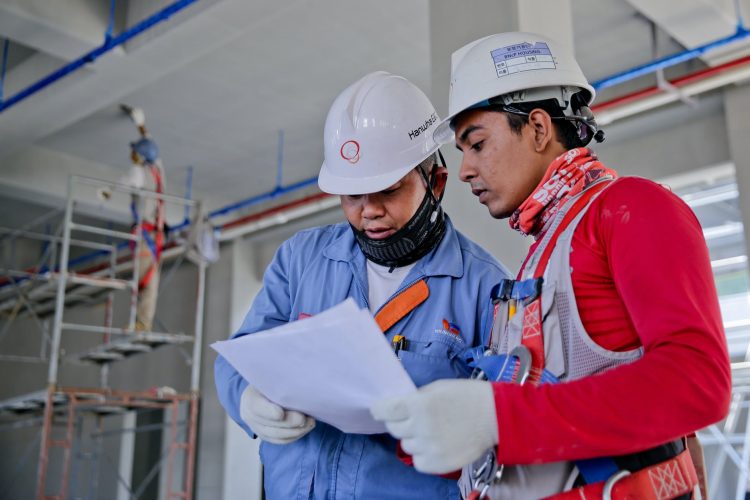If you love the art of designing buildings and infrastructures and want to build them yourself, then a degree in architecture and engineering may be for you.
What is the Difference Between Architecture and Engineering?
Architects and engineers usually work together to construct buildings and other types of infrastructures that society or businesses need. Because of that, many people often confuse the two professions. Architects generally work with the design and layout of buildings and infrastructures to ensure that they are functional and aesthetically pleasing. On the other hand, engineers focus more on the execution of the design, including its interpretation and analysis. Thus, they have to check the types and amount of materials needed for a project, including procuring it.
Architecture and Engineering Opportunities in the US
According to the US Bureau of Labor Statistics, this sector’s occupations are expected to grow by 3% between 2019 to 2029 and create 74,800 new jobs.
The average annual wage for these occupations costs around $83,160.
Petroleum Engineers
Petroleum engineers focus on designing and developing methods to extract oil and gas from reservoirs and old wells. To do this, engineers design equipment, develop plans to drill and recover gas and oil and evaluate well productions through analysis, testing, and surveys. Most of the time, petroleum engineers work with geoscientists to understand the environment that contains the reservoir.
In 2020, the median annual salary of a petroleum engineer will cost around $137,330.
Computer Hardware Engineers
The role of computer hardware engineers includes researching, developing, designing, and testing computer systems and parts, which include circuit boards, processors, networks, routers, and memory devices. Aside from that, they also update existing computer equipment to ensure that they work well with new software and modify software and hardware designs if needed.
In many companies, they also supervise the manufacturing process of computer hardware.
In 2020, a computer hardware engineer’s annual median salary is around $119,560.
Aerospace Engineers
Aerospace engineers usually work in creating and developing new technologies used for aviation, defense, and spacecraft. Thus, aerospace engineers focus on anything: aircraft, satellites, and even missiles. Their work includes designing these structures, creating and testing some prototypes of them, inspecting products that show malfunctions or damages, and identifying problems and solutions.
An aerospace engineer’s average salary in 2020 will cost around $118,610.
Nuclear Engineers
Nuclear engineers are in charge of researching and developing processes, systems, and instruments that are used to learn the benefits of nuclear energy and radiation. Many types of equipment for medical diagnosis and treatment were developed due to the discoveries of nuclear engineers. Aside from that, nuclear engineers are also in charge of maintaining and directing operating activities to ensure running nuclear power plants meet safety standards.
In 2020, the median pay of nuclear engineers is around $116,140.
Chemical Engineers
Chemical engineers use a combination of chemistry, biology, physics, and math in their work. Their main role includes researching, developing, and designing processes and equipment for large-scale manufacturing. Also, they are in charge of planning and testing current production methods.
In 2020, chemical engineers’ annual median salary is $108, 540.
Aside from architecture and engineering, the US is home to some of the highest-paying jobs in the world. To know more, including trends on the upcoming in-demand jobs, check out MSM Unify’s articles. If you are looking for ways to finance your studies in the US, check out our articles on How to get Financial Assistance as an International Student in the US.












